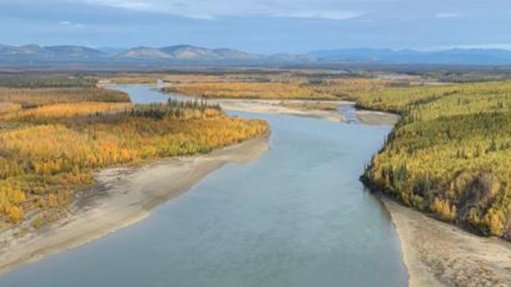
In north-western Alaska, the Ambler road project, a vital highway aimed at unlocking access to valuable mineral deposits, faces a fresh setback. The Bureau of Land Management (BLM) has issued a draft supplemental environmental impact statement (EIS) that underscores potential environmental risks associated with the project, proposed the Alaska Industrial Development and Export Authority (AIDEA).
The updated document is in response to a remand by the US District Court for the District of Alaska based on identified deficiencies in the 2020 environmental analysis for the proposed road, including inadequate analysis of subsistence impacts under the Alaska National Interest Lands Conservation Act.
The draft supplemental EIS analyses the same three route alternatives for the proposed road from the 2020 environmental analysis, as well as a no-action alternative under which the road would not be permitted. No preferred alternative is identified.
The updated analysis identifies 66 communities whose subsistence activities could be potentially impacted, finding that any road alternative may significantly restrict subsistence uses in nearly half of these communities. This expands the number of communities considered from 27 in the 2020 analysis.
The draft supplemental EIS also contains updated information on potential impacts of the proposed road to caribou and fish populations, and expands incorporation of Indigenous knowledge.
“The latest draft includes additional data and analysis informed by robust Tribal consultation and cooperation, on-the-ground perspectives, and public input,” said BLM Alaska state director Steve Cohn.
AIDEA’s proposed Ambler road will connect the Dalton highway, which runs from north of Fairbanks up to Deadhorse, to the Ambler mining district. The proposed route would traverse more than 320 km across lands managed by the BLM, state of Alaska, Alaska Native Corporations, and through the Gates of the Arctic National Park and Preserve, managed by the National Park Service.
The Tanana Chiefs Conference (TCC) says the supplemental EIS reinforces its opposition to the road project, but states that the report remains inadequate particularly in its analysis of subsistence and environmental justice impact.
“Traditional Indigenous knowledge informs our certainty that the proposed Ambler industrial mining road would devastate the already struggling Arctic caribou, the suffering Yukon and Koyukuk river salmon populations, place Interior Tribal residents at significant risk of violence and sexual violence, cause widespread food insecurity, and magnify the impacts of climate change in the Arctic,” TCC states.
Meanwhile, US Senator Lisa Murkowski comments that the approval of the project should be prioritised with reasonable mitigation measures, given the strategic importance of the minerals that the road will provide access to.
“This road is guaranteed under federal law and will facilitate access to crucial supplies of copper, cobalt, gallium, germanium, and other minerals that our nation currently imports from abroad. This is particularly important as China cuts off exports of gallium and germanium, cobalt is produced through modern-day slavery in the DRC, and some of our best analysts are forecasting shortages of copper within a decade,” she said.
“We all care about subsistence, and Alaskans will protect this fundamental right. But it does not make sense to contend that a private, two-lane access road will have outsized impacts on Alaska wildlife. My team and I will review this document closely, but based on what Interior released today, it does not appear to be the serious analysis that we expected and deserved.”
The public has 60 days from publication of the draft supplemental EIS to provide comments.